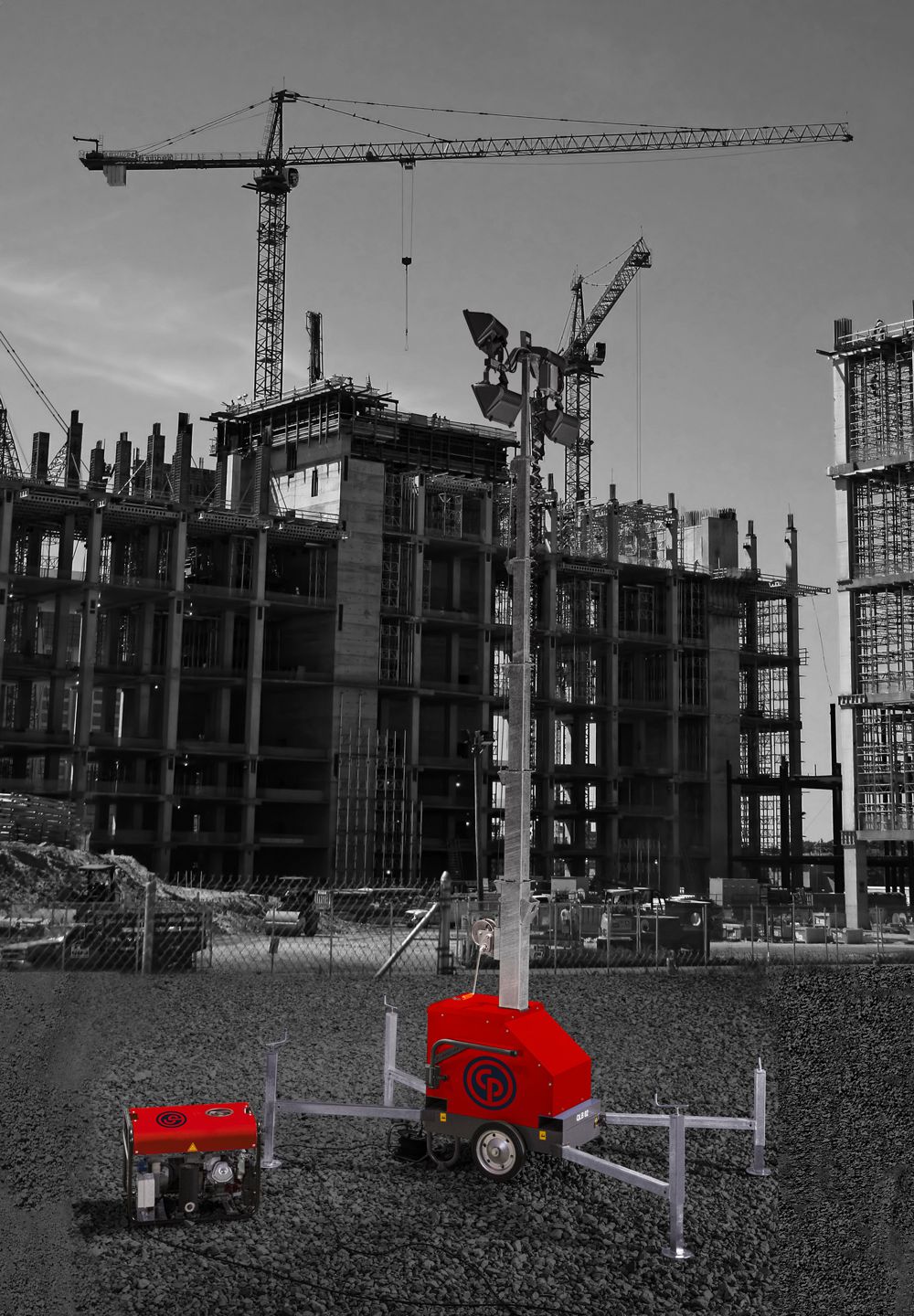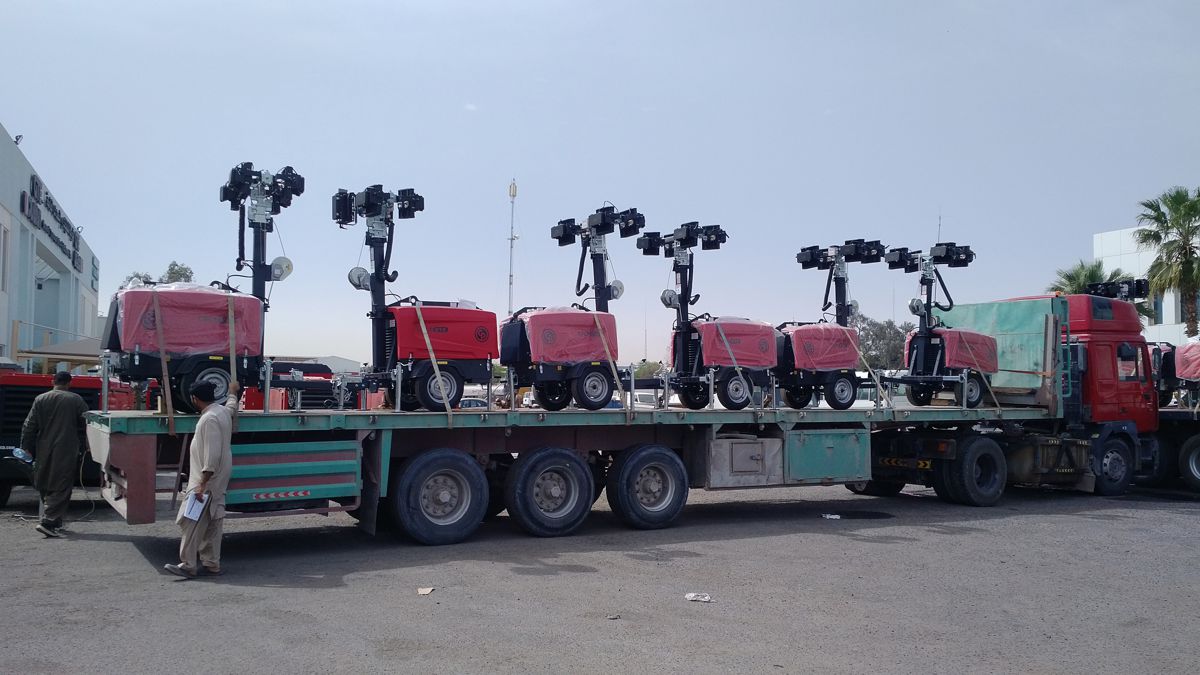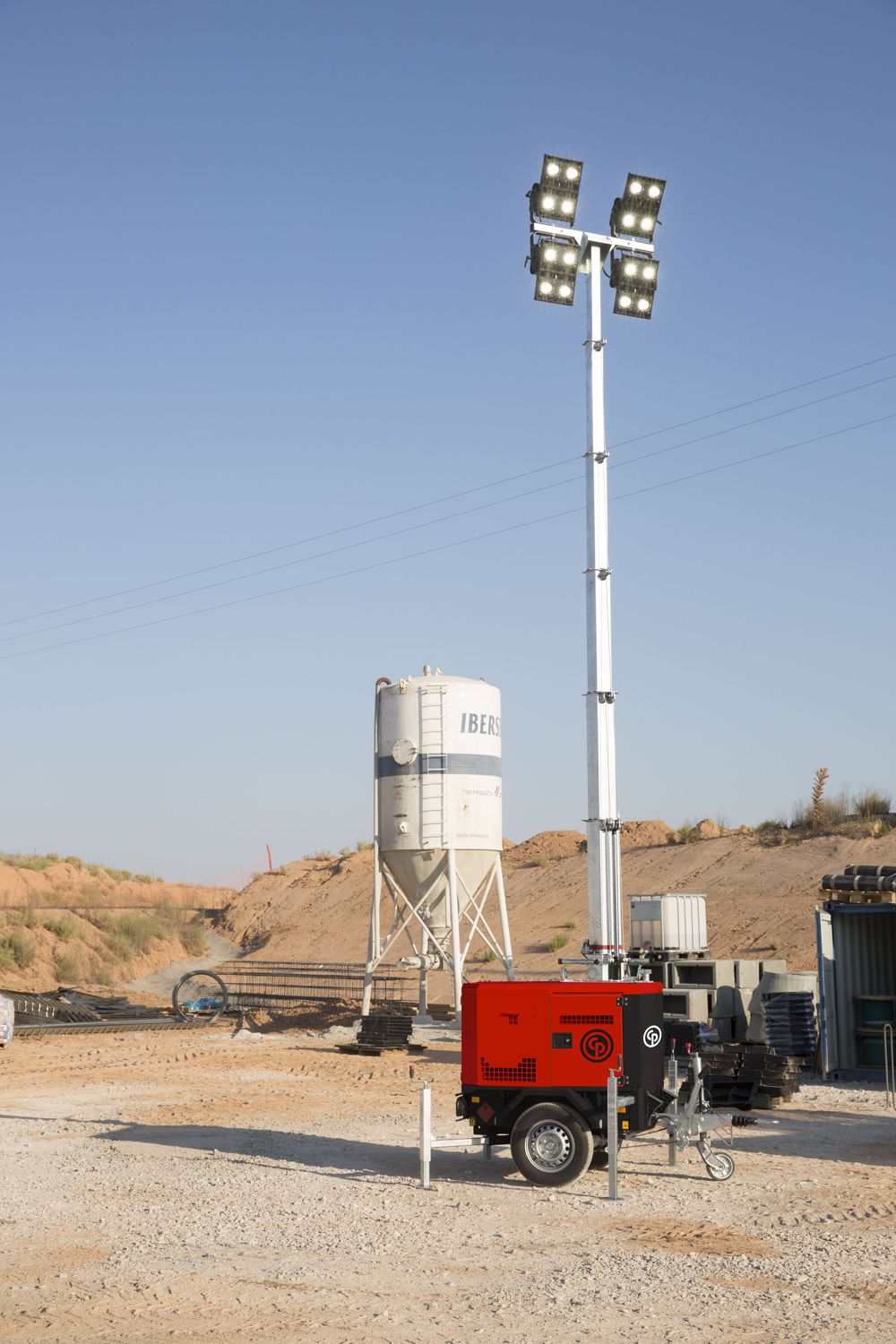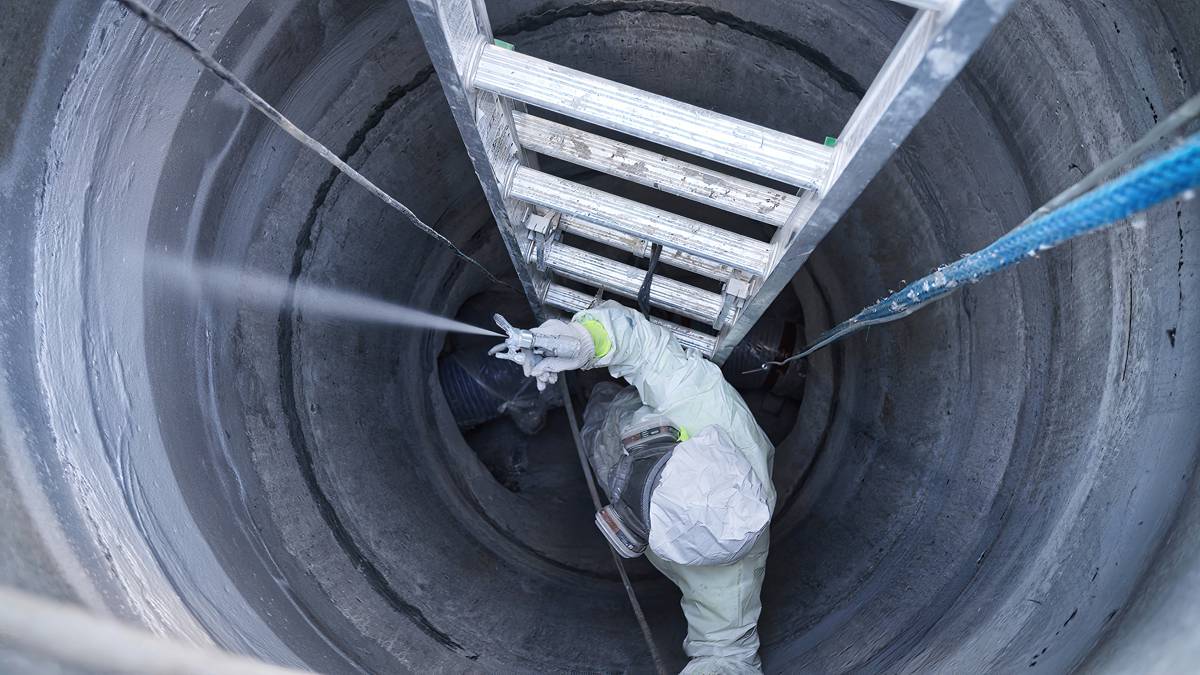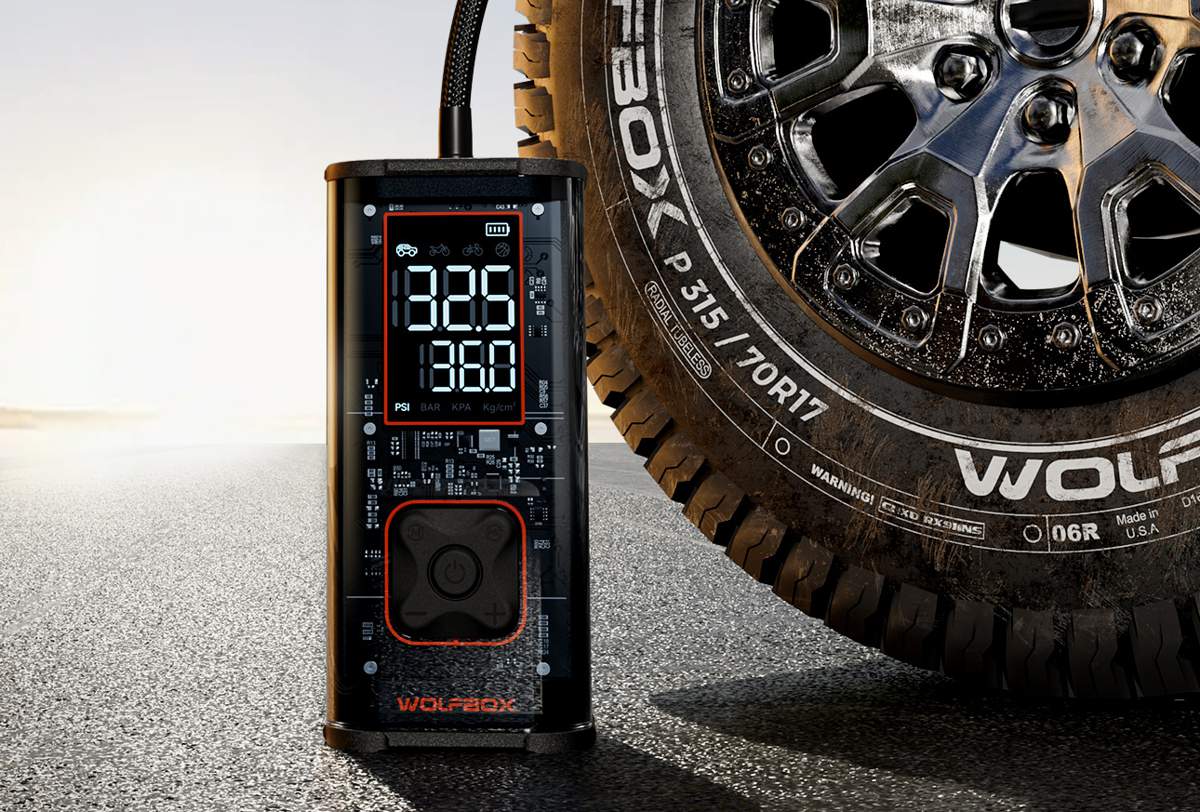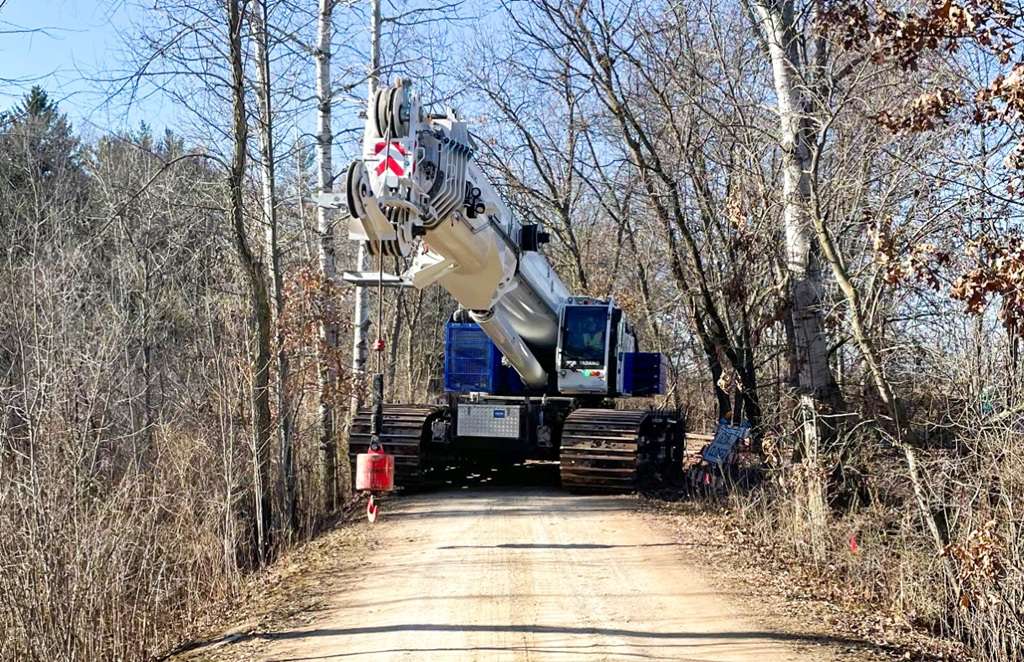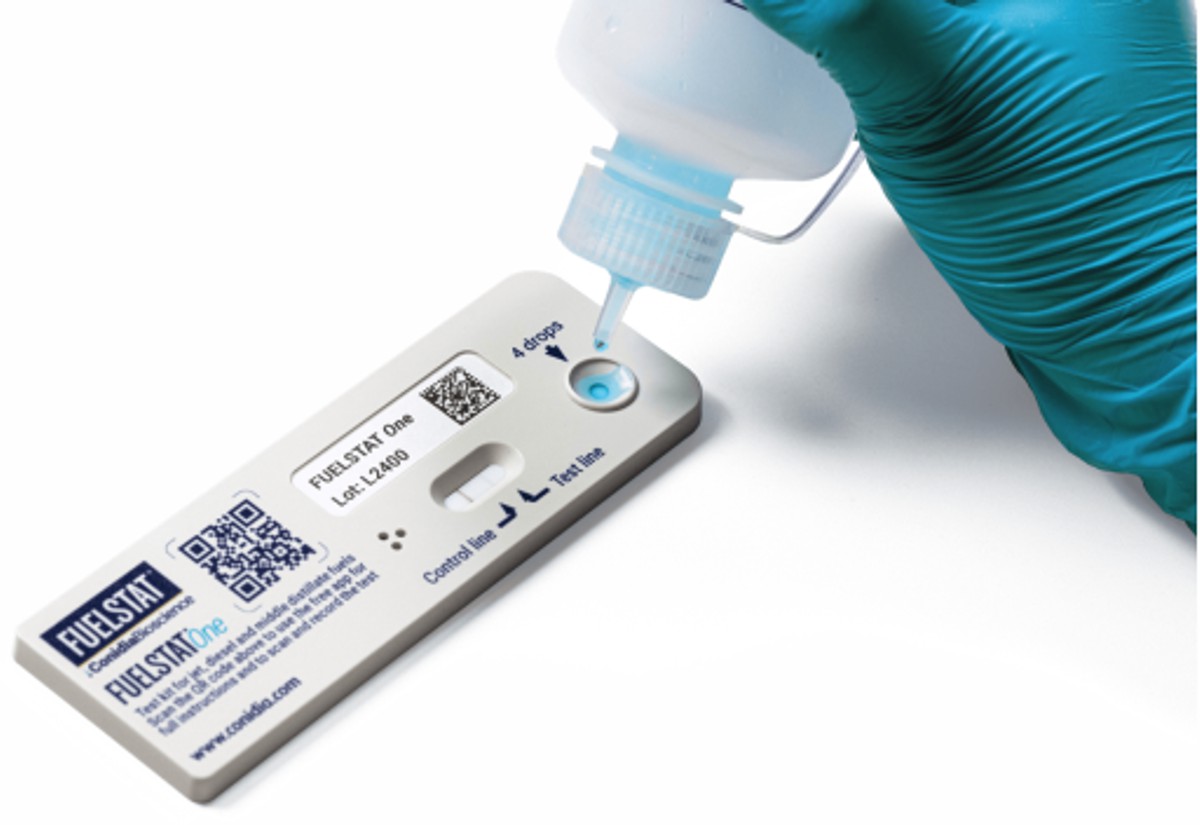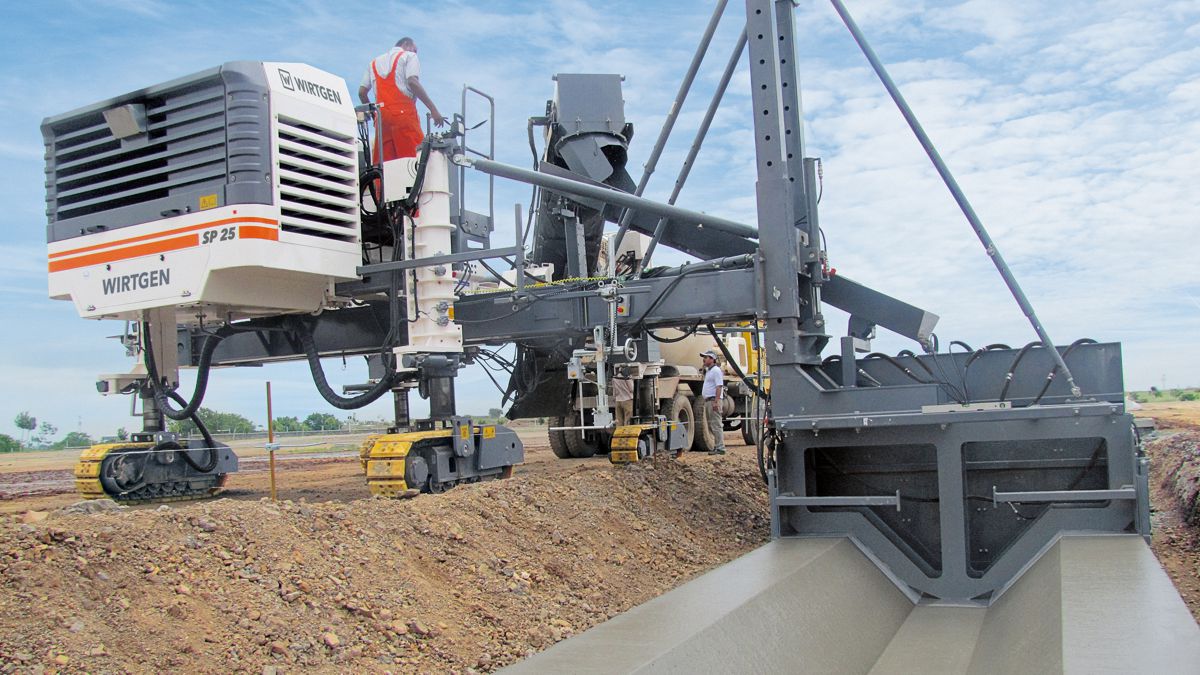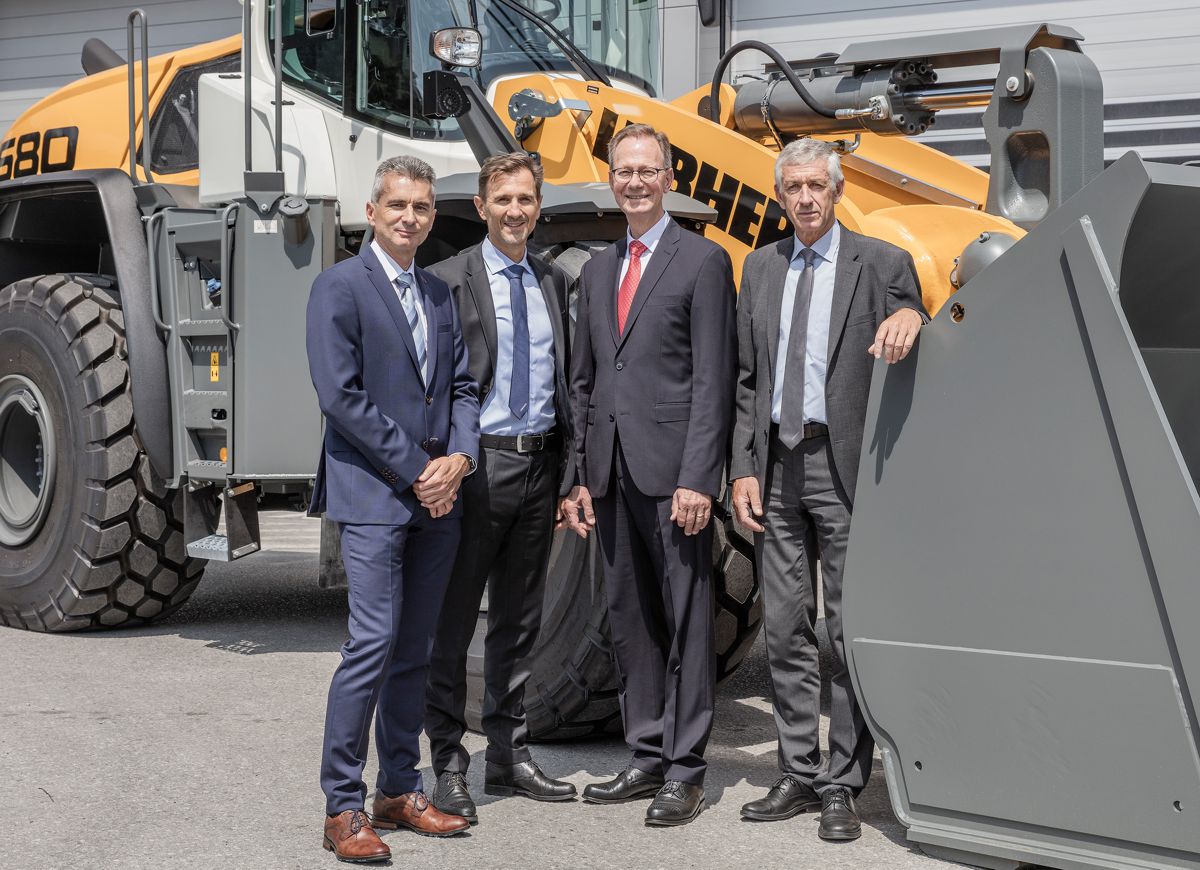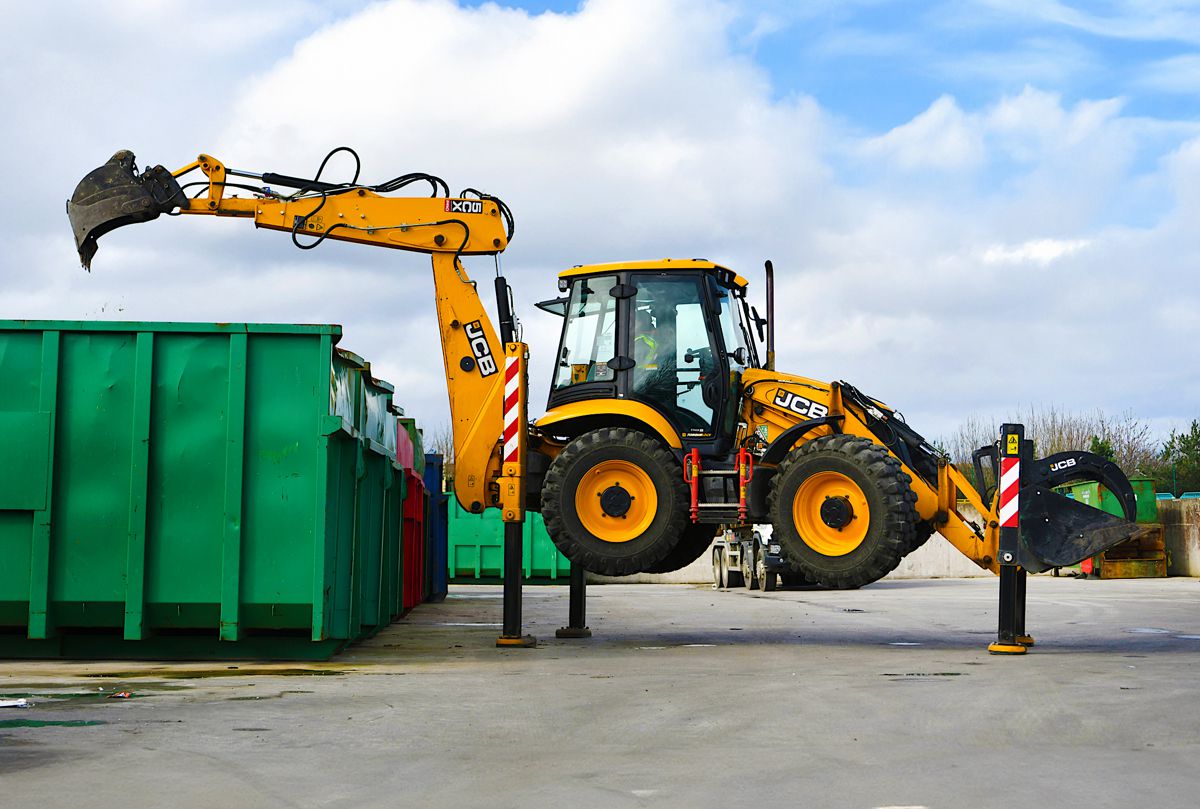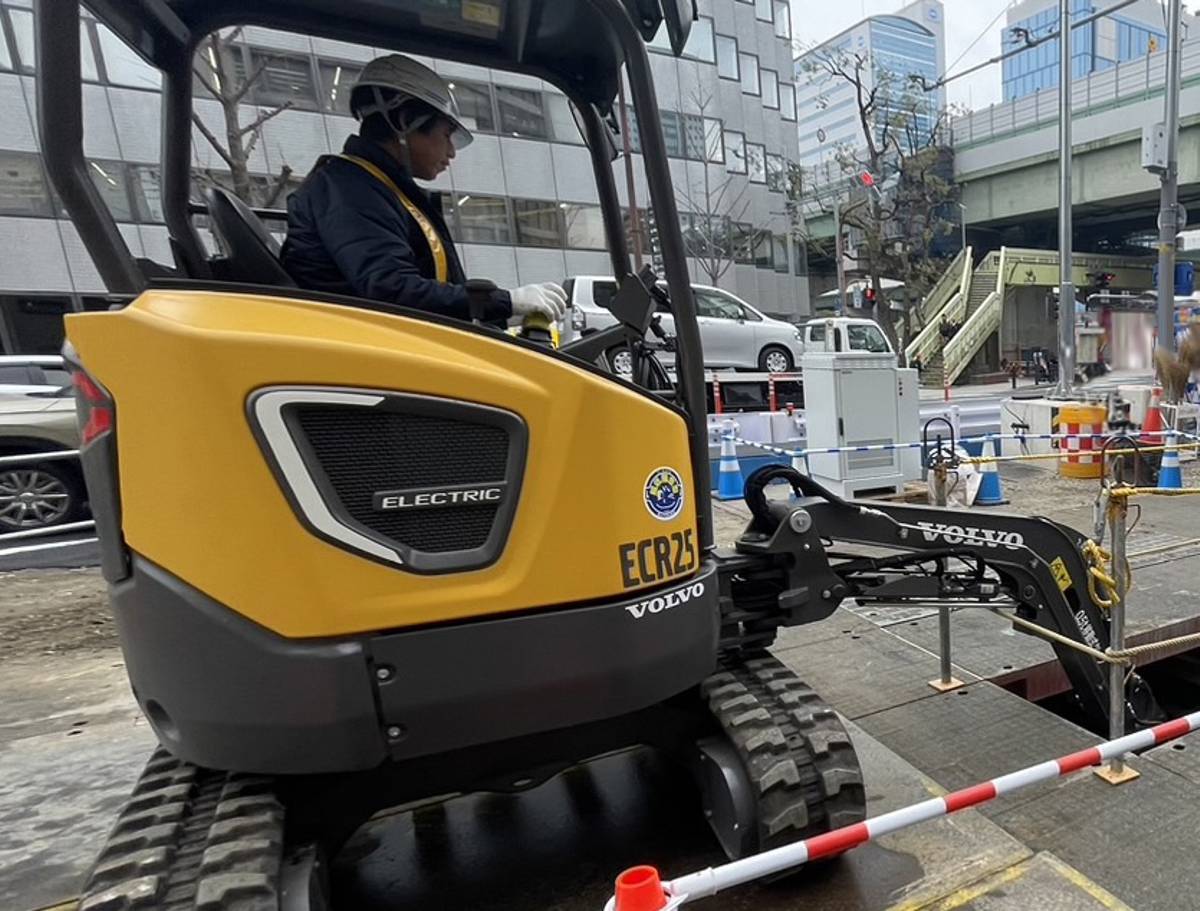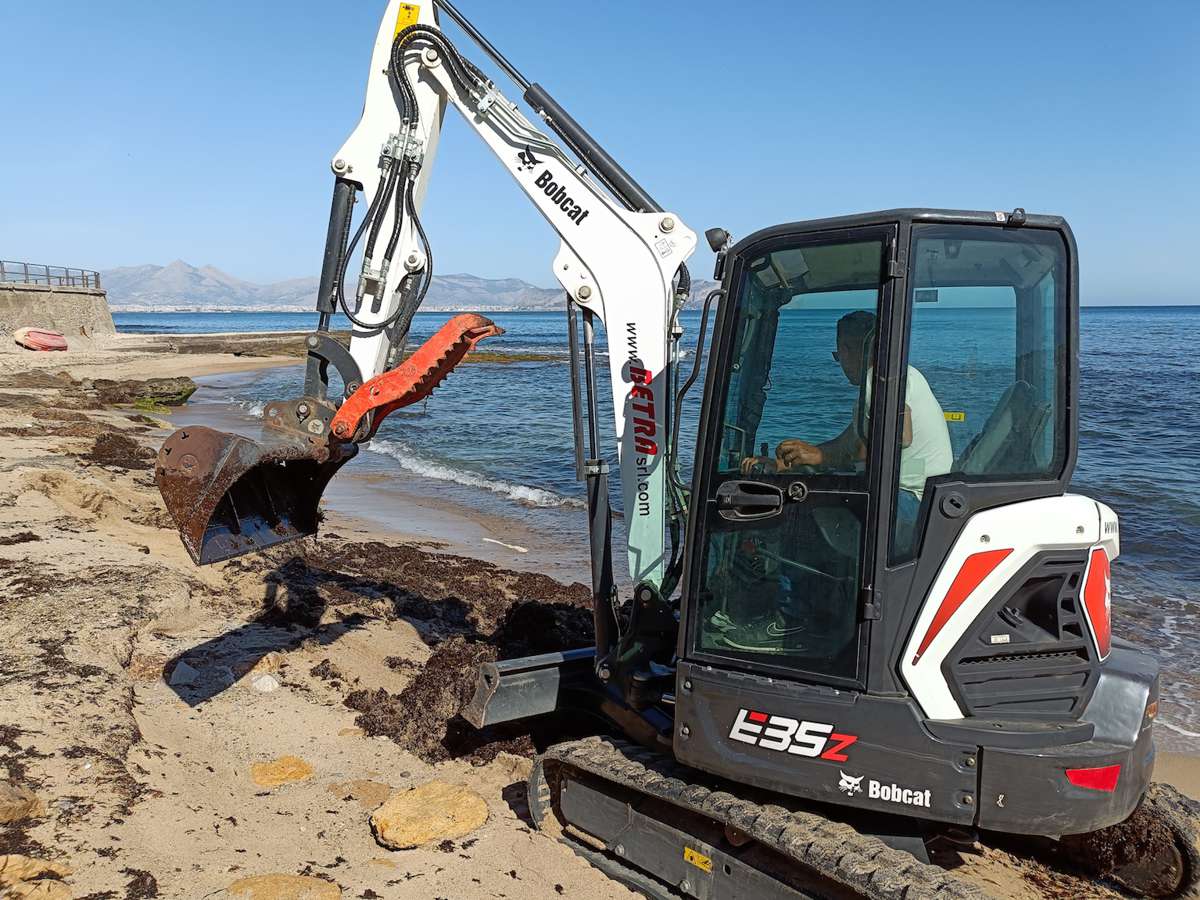What to consider when purchasing a light tower
Light towers are a vital ‘backbone’ piece of equipment on construction, mining and outdoor public event jobsites, which supply illumination for numerous applications and projects that need to be carried out during hours of darkness or poor visibility. Crucially, they ensure that workers are able to conduct these jobs efficiently and safely. Therefore, purchasing or renting a light tower is a significant decision and several factors need be taken into account. This article outlines five key considerations to bear in mind when choosing a light tower.
Should I choose LED?
To identify the best model, it is recommended to first assess the site and space that needs to be illuminated; as well as considering how long the light tower needs to be used. For example, if an area no greater than 4,000 m² requires illumination for less than a day, a metal halide light tower is recommended as the technology is less expensive to deploy than LED. However, if a larger space needs to be illuminated or an area requires illumination for a longer period of time it’s advised to consider LED technology. LED light towers only require approximately 1,400 watts of power to illuminate an area of up to 5,000 m², while a metal halide light tower requires approximately 4,000 watts to light up 4,000 m².
Regarding robustness, LED lamps offer extra durability compare to metal halide, the expected lifetime is more than 30,000 working hours. Therefore, for extreme environments or heavy duty use, for example in construction or mining, LED is the recommended choice as it provides enhanced coverage, reduced fuel consumption and extended running hours.
What power source is right?
Another important consideration when choosing a light tower is how it is powered. If the work site provides easy access to an electrical power source, users may wish to consider electric-only light towers, which represent the latest breakthrough technology due to their exceptional plug-and-light capabilities. They allow users to connect easily to any single power source, including auxiliary power, a small diesel or petrol generator or directly into the grid. Certain electrical light towers also offer the benefit of modular connectivity, which enables up to four light towers to be powered by a single generator. This provides for greater service and maintenance efficiency; helping to improve total cost of ownership. However, despite it being easy to connect multiple units together to cover a large area, it’s important to note that a single electric light tower is only able to illuminate an area of up to 3,000 m², which is lower than diesel driven variants.
Additionally, electric-only light towers are not only quieter and more environmental friendly, as their footprint is smaller than diesel options, but also ensure that lighting operations are carried out without the interruption of refuelling or additional maintenance required to service mechanical parts.
On the other hand, when working in remote locations, where access to electric-power is limited or non-existent, light towers powered by an engine or other sources of energy, for example diesel, are the best option. However, it is very important to still consider models that offer low fuel consumption to avoid constant refuelling. This will not only reduce their environmental footprint but will also help to ensure the project is cost-efficient.
What about the mast?
Light towers with vertical masts are replacing horizontal mast versions worldwide. This is because the former can be transported and deployed in a vertical position, enabling safer transportation and installation. As a result, light towers with vertical masts have a reduced footprint and it is possible to transport up to 22 units on a single truck.
To choose the best mast for a project’s needs it’s essential to look at the application. For example, if the light tower is being used in a time sensitive rental project then a hydraulic mast is ideal. This is because the mast can be raised or lowered at the touch of a button, which helps to reduce downtime and increase productivity through simpler, safer and quicker operation. Recent advances in technology have also seen light towers developed with hydraulic masts that automatically retract in high winds to ensure jobsite safety. However, if the light tower doesn’t need to be deployed very quickly and won’t be installed for a long time, for instance in a temporary public or event lighting application, opting for a light tower with a manual mast is a good choice as it’s a relatively simple procedure to raise the mast by winding a handle and locking it in place.
How to ensure your investment is protected?
Firstly, the application should be assessed to determine if it is better to rent or to buy a light tower. For example, if a light tower is going to be used in a one-off road construction project it might be better to rent a model equipped with features that will enable it to operate efficiently for a long period of time.
There are a number of ways that buyers can help safeguard their investment across the total lifecycle of a light tower. One example, application dependent, is to opt for light towers that come with heavy-duty polyethylene canopies. Since being introduced a decade ago, polyethylene canopies have proven their value; as they are extremely durable and provide excellent protection of crucial internal parts. As opposed to metal canopies, they are also corrosion resistant; meaning they can operate for far longer in harsh ambient environments. You should also note that when it comes to polyethylene, there are a number of varieties and models on the market. Ask the manufacturer about the testing procedures for their canopy to ensure quality and resilience.
A well-designed light tower should also provide easy access to all the service and repair components without the need to remove the canopy. More specifically, they should ensure the engine, alternator, control panel and drain points are easily accessible; as it can take a lot of time to access these areas on some light towers.
If choosing an LED model, pay special attention to the bulbs – are they designed for both portability and performance? For this reason, heavy-duty LED floodlights with high ingress protection (IP) and impact protection (IK) factors are recommended. Please check the ratings with the manufacturer.
So, which is the right light tower for me?
Several years ago, a light tower was considered by some as a simple commodity product with limited life expectancy. Today, however, light towers offer enhanced levels of durability and value due to the multitude of options that are now available. No longer do users need to compromise by settling for a one-size-fits-all solution. Ultimately, choosing a light tower depends on the end users’ individual needs. Therefore, it is recommended that buyers work with manufacturers to ensure they select the right product for their specific application. During this process, it is important to consider all the variables where the light tower will be deployed, such as the location, the specific working environment and ambient conditions, power supply, size of the site and required coverage; among others. This will ensure buyers end up with a light tower that will enhance productivity, safety and visibility on-site.



